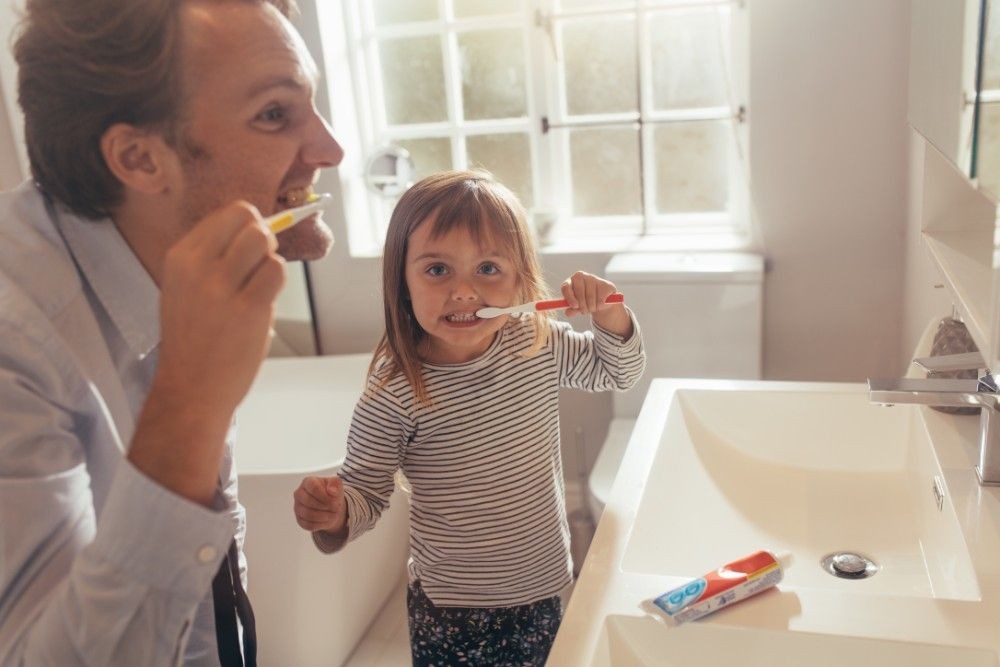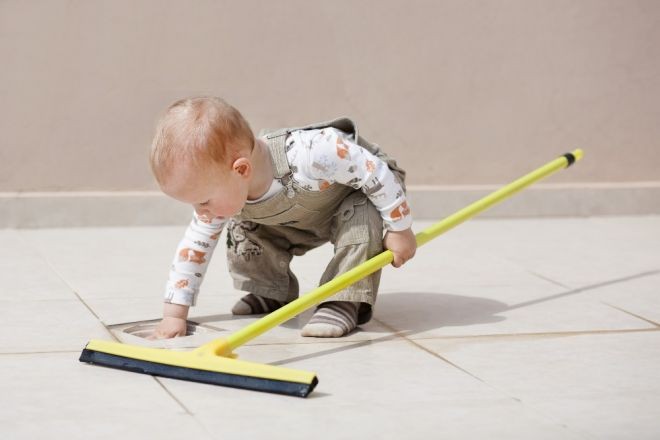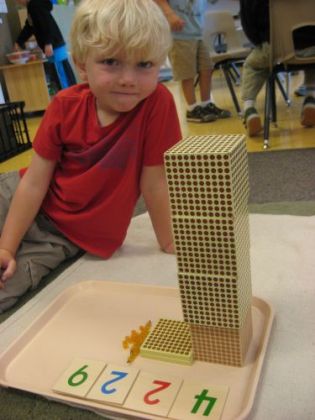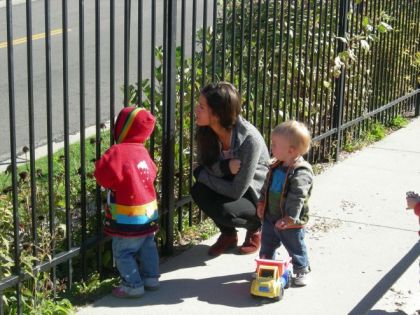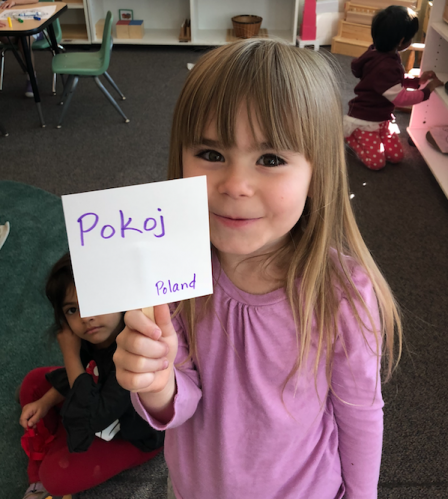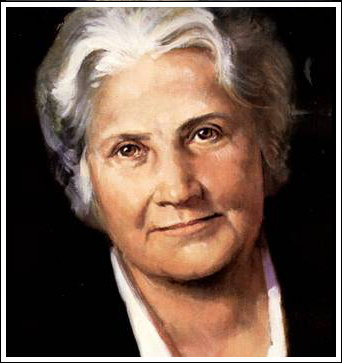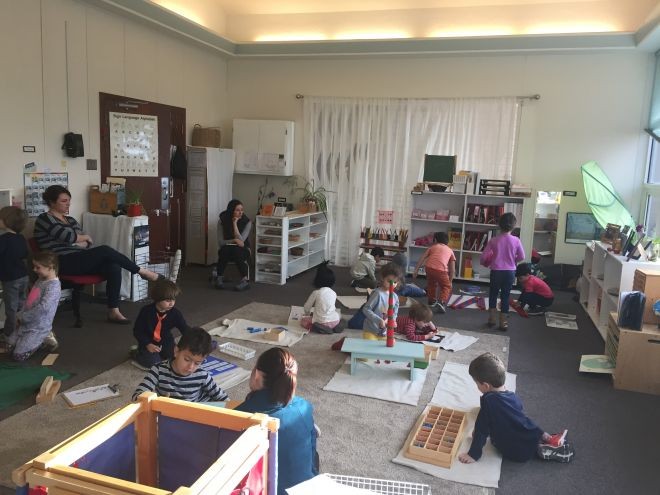Combating Tardiness and Creating Effective Morning Routines – Parenting Connection
The honeymoon period for the new year may be wearing off and you may be finding that mornings are getting more and more tough. If you find that your children are significantly less enthusiastic about bouncing out of bed and preparing for school, you are not alone. That said, tardiness to school can have a wide range of negative outcomes for students. Below are some ideas for young children to help bypass the drama. Keep in mind that Montessori children are used to independence, to having a say, and to consistency.
- Have 5 bins of the same color available for your child to plan their outfits for the week. On Sunday nights, create time for your child to put outfits together for the entire week. This allows your child the option to choose their clothes for the week, while also limiting the overwhelm of an entire closet or dresser full of clothes when morning time is limited. When my kids were young, each of them had their own colored bins and they were stacked in their rooms for the week. They chose the outfit from which ever bin they wanted each day. BONUS: this is a great way to give your child more involvement and interest in helping with the laundry.
- Create a visual chart which shows all the tasks a child must complete in the mornings. Pictures of a toothbrush, breakfast, lunch box, backpack, etc. can help a child feel more independent. BONUS: laminate your chart and let your child use a wipe-off marker to cross off items as they are completed.
- When you are about 5 minutes from having to walk out the door, play a song and remind your child that when the song ends, it’s time to leave the house. BONUS: next favorite song? In the car!
- Montessori children are used to routine and predictability. Make sure everything has a place and that time for each task is figured in to your child’s routine. BONUS: backpacks, lunchboxes, shoes, etc. are placed in this space upon returning from school each day.
- Consider having a visual list of items your child needs to have to walk out the door placed right at the door. Ie; backpack, lunch box, blankets, etc. BONUS: create your own list so everyone’s walking out the door prepared. And, are there any things on the list that you and your child can do together? Think brushing teeth, packing lunches, or putting on shoes.
- Prep as many things as possible the night before. Pack lunches, give baths, etc. BONUS: visual charts with appropriate food items help children pack their lunches independently, a great task for kids while you prep or clean up from dinner.
- Give your child some uninterrupted one-on-one time before leaving the house. Take some deep breaths together, snuggle, listen to you favorite songs or do some other activity together. BONUS: if this time is set aside for after they’ve accomplished all other tasks, it can be a motivator. However, don’t use it as a consequence for not moving quickly enough. Make this time sacred and consider that some times or some kids might need this sacred time in order to feel motivated to get going. Do what works best for your child.
- In the car, talk about what happens when we get to school. Ms. So- and -so will be there to take your temperature and then we will have a hug, kiss and high five, and then I will leave.) BONUS: Keep this routine consistent but, if your child has ideas for adjusting it that are manageable, allow them to weigh in. Most people are more motivated by a plan or routine they’ve helped develop.
- Show your child that timeliness is important to you and it will become more important to them. BONUS: peaceful mornings with a moment to breathe before you move onto the next part of your day!
